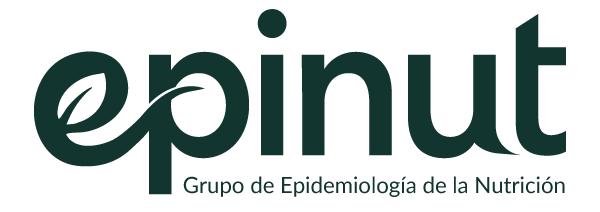DESCRIPTION
INMA – INfancia y Medio Ambiente is a research network of Spanish groups. This network created a project with the objective of studying the role of the most important environmental pollutants in the air, water and in the diet during pregnancy and the beginning of life, and its effects on the growth and development of children. For more information, click here
METODOLOGY
The INMA Project is based on the experience acquired by groups that studied cohorts with different objectives. On the one hand, the Tarraconense cohort of Ribera d’Ebre (n = 102). An area with high levels of organochlorines and mercury, in which the relationship between these exposures and the neurological development of children was evaluated. The Menorca cohort (n = 492), which studied the relationship between early exposure to air irritants and allergens with the development of allergy and asthma, while the Granada cohort (n = 668) studied the incidence of reproductive disorders in males , in relation to exposure to endocrine disruptors. Taking as a reference the experience of these previous cohorts, the new cohorts were designed, with the objective of evaluating the impact of environmental exposures on children’s health: Valencia (n = 787), Sabadell (n = 622), Asturias (n = 485) and Gipuzkoa (n = 612), following the same protocol.
LINES OF INVESTIGATION
1. Development and validation of food frequency questionnaires
Several food frequency questionnaires (CFA) have been developed for the INMA study. The first one that was developed was the CFA of 101 items for pregnant women, which was validated with correct and acceptable reproducibility and validity data. Later, the CFA for children of 4 years of age was la developed and validated. Finally, the CFA was developed for children of 7 years of age, which is in the process of validation. This line of research was funded by the Generalitat Valenciana CONSELERIA DE SANIDAD 084/2010, whose project title was: “Validation study of a food frequency questionnaire to assess diet in children aged 4 years in the INMA-Valencia cohort” , whose main investigator was Jesús Vioque.
Related publications, click here.
2. Factors associated with obesity
In this line of research, the factors associated with overweight and obesity between 3 and 7 years of age were explored. We wanted to explore if associated factors, such as physical activity, diet, characteristics of parents etc. they had a relevant role in the weight status of children. The study of the factors associated with the 3 years was financed by the Health Research Fund, FIS-FEDER 07/0314 with Jesús Vioque as principal investigator. For the study at 4-5 years of age the entity financed was the Valencian Regional Government ACOMP / 2010/115 and Health Counseling AP 212/11. Finally, the project entitled “Factors associated with overweight and obesity in children from 4 to 7 years old, participants in a prospective study of mothers-children cohorts (INMA Study)” was funded by the Health Research Fund, FIS PI 11 / 01007.
Related publications, click here.
3. Influence of high supplementation with folic acid during pregnancy on the health of the child after birth
Another one of the most important lines of research that we have carried out with the INMA study was on the use of folic acid during pregnancy. A study was conducted on whether the consumption of high doses of folic acid during pregnancy had negative consequences on the development of the child after birth.
Related publications, click here.
4. Adherence to the Mediterranean diet and development of overweight, obesity and abdominal obesity One of the last lines of research that we are carrying out is the study of the Mediterranean diet as a dietary pattern against the development of overweight, obesity and abdominal obesity between 4 and 8 years of age. With this study we want to explore whether a low, medium or high adherence to the Mediterranean diet influences the child’s weight status. In addition we also want to assess if the changes produced in the diet between 4 and 8 years of age is associated with the child’s weight status at 8 years of age. This project is funded by the Marato TV3 Foundation (201622 10).

 Español
Español